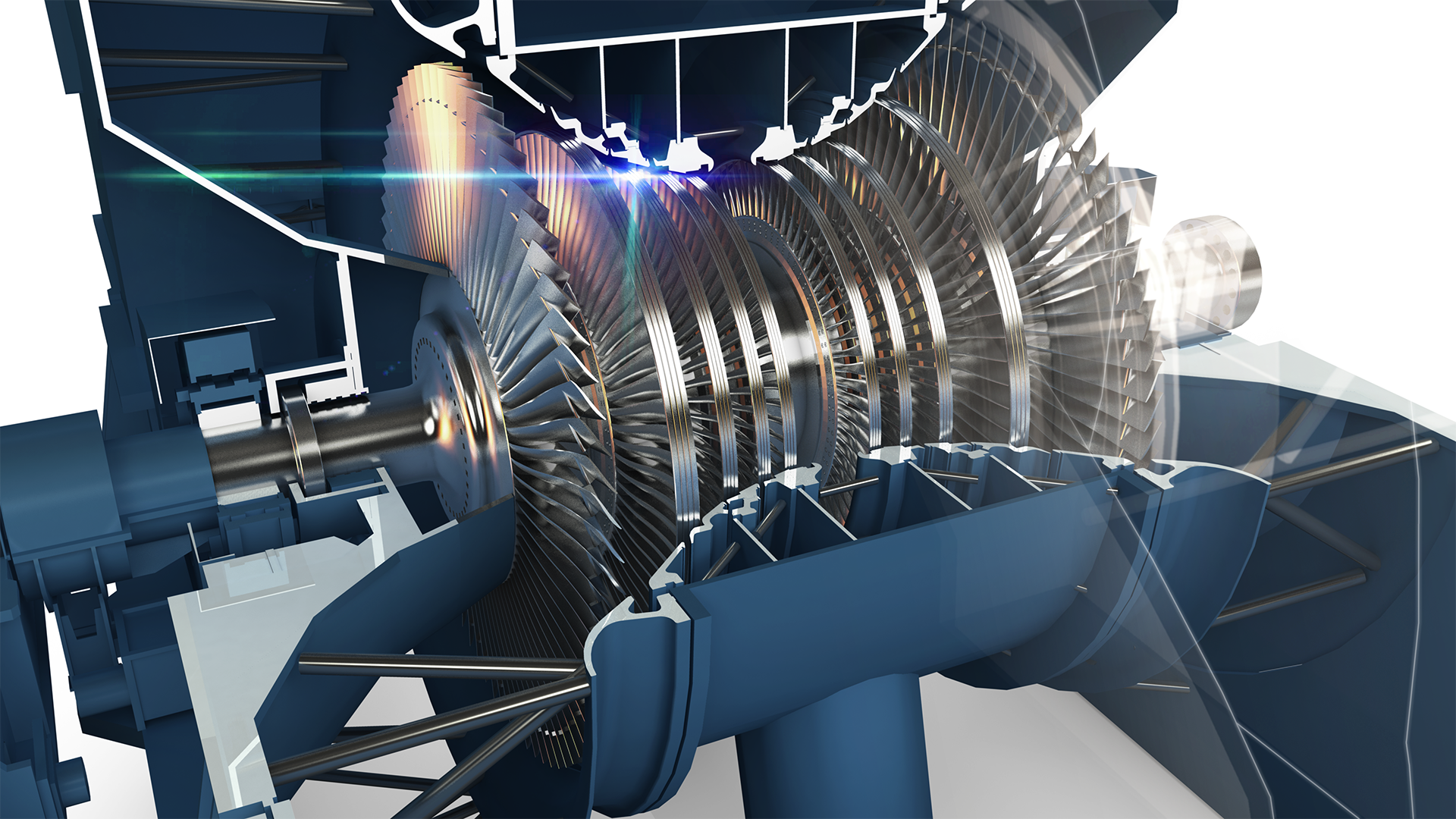

The South Campus Power Plant generates high pressure steam that is used for heating all twelve South Campus buildings in the winter and for steam absorption air conditioning of three large academic buildings during the summer.Ĭonstructed in 1964, the plant was built to replace the original Lowell State College power plant from the early 1900s, which remains in the basement of Coburn Hall. In 2010, the plant produced 88,173,595 lbs of steam for the year, using 89,581,000 cubic feet of gas and 58,491 gallons of #6 fuel oil. The two new boilers will greatly improve the efficiency and dependability of the plant. Two new Cleaver Brookes fire tube boilers have also been purchased, along with economizers and a new Deairator and feed pump system to replace the 1950s boilers. In 2010, the Bigelow boiler’s burner front was changed to accommodate either #6 fuel or gas, enabling the university to respond to varying fuel costs.

In 1966, a Bigelow water tube boiler utilizing #6 fuel and capable of producing 30,000 #/hr of steam was added to provide additional capacity for the expansion of the North Campus. In the early 1960s, the Eirie City boiler was upgraded to burn natural gas or #6 oil. Those were replaced in 19 with a 20,000 #/hr Wickes boiler and a 20,000 #/hr Eirie City boiler, both burning #6 fuel oil. The Plant was built in 1912 with two coal-fired boilers. This steam, supplied at 120 psi, is used for heating, domestic hot water, labs, the Costello pool and summer de-humidification. The North Power Plant supplies steam to 14 buildings on North Campus. Read on to learn more about these power plants and their history. The University continually takes advantage of emerging technology to maximize each plant’s output per unit of energy consumed. This gives accurate real-time data capture, monitoring and display, calculation and charting of all the important readings on a computer.While the basic science of steam power has not changed much since the nineteenth century, the efficiency of steam generation and delivery is constantly evolving. A meter shows the electrical power supplied to the heaters in the boiler.įor quicker tests with easier recording of results, TecQuipment can supply the optional Versatile Data Acquisition System (VDAS®). Two mechanical gauges show the boiler and engine inlet pressures. A throttling calorimeter allows students to measure the dryness fraction of the steam. Thermocouples connect to a digital temperature display to measure and display temperatures at key points in the test set. These include a band-brake dynamometer with a digital torque and speed display, to measure and display motor speed, torque and power.

The equipment includes all instruments needed for the experiments. TecQuipment supply a stopwatch and thermometer to allow accurate measurement of the flow and temperature of the condensate (steam flow). The used steam from the motor outlet passes through a mains water-cooled condenser, then down to a waste tank or to a measuring vessel (supplied). The boiler produces steam to turn a two-cylinder steam motor. The boiler includes a safety valve, water level gauge and ‘blow-down cock’. An electric pump draws from a reservoir (included) to deliver water to an electrically-heated boiler. Thermal efficiency and the control surfaceĪ mobile frame contains all the parts of the test set.Thermodynamic laws of energy conservation.Thermal Power Plant with Steam Engine TrainerĪ mobile laboratory-scale steam plant for experiments in thermodynamic principles.


 0 kommentar(er)
0 kommentar(er)
